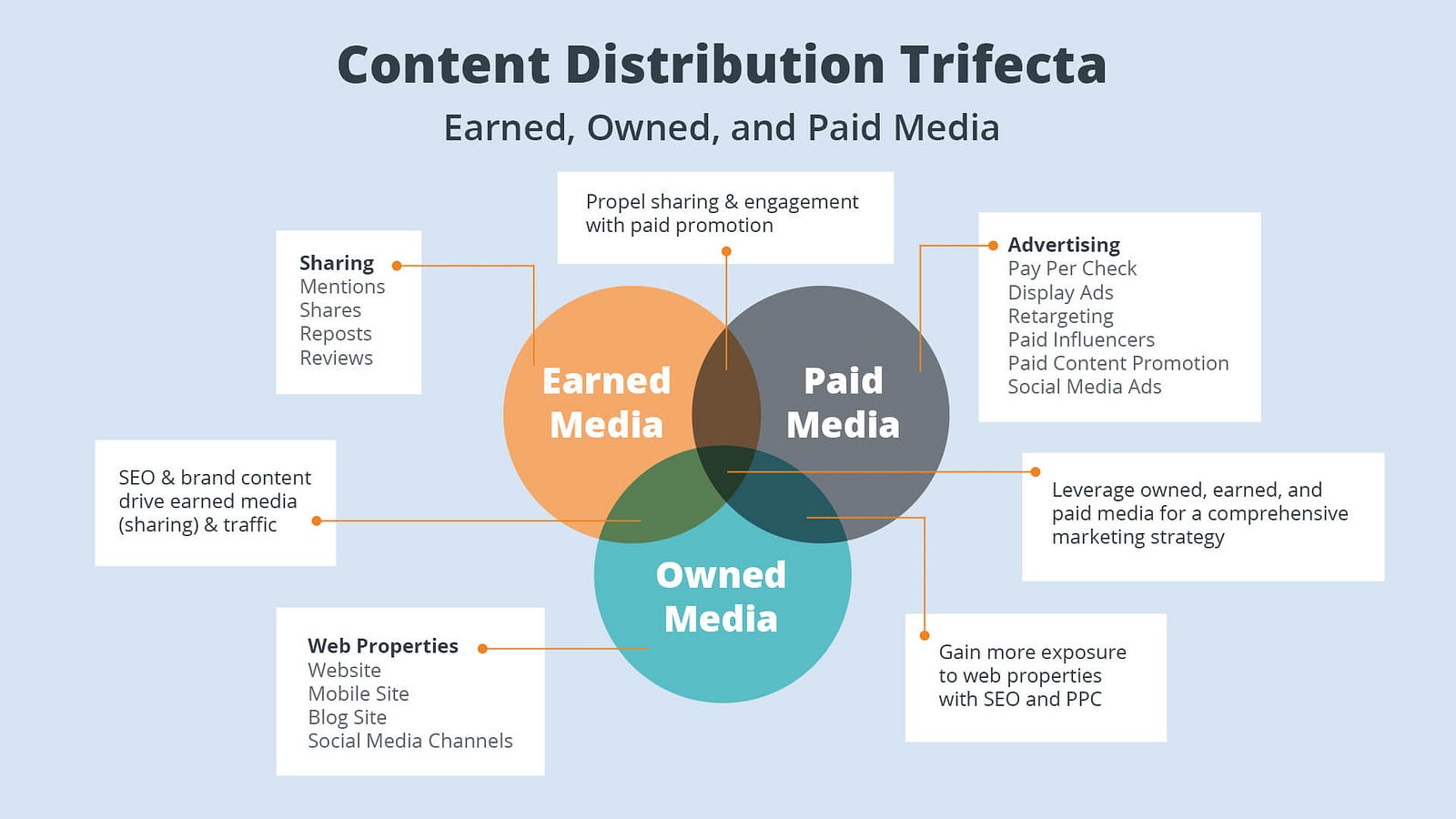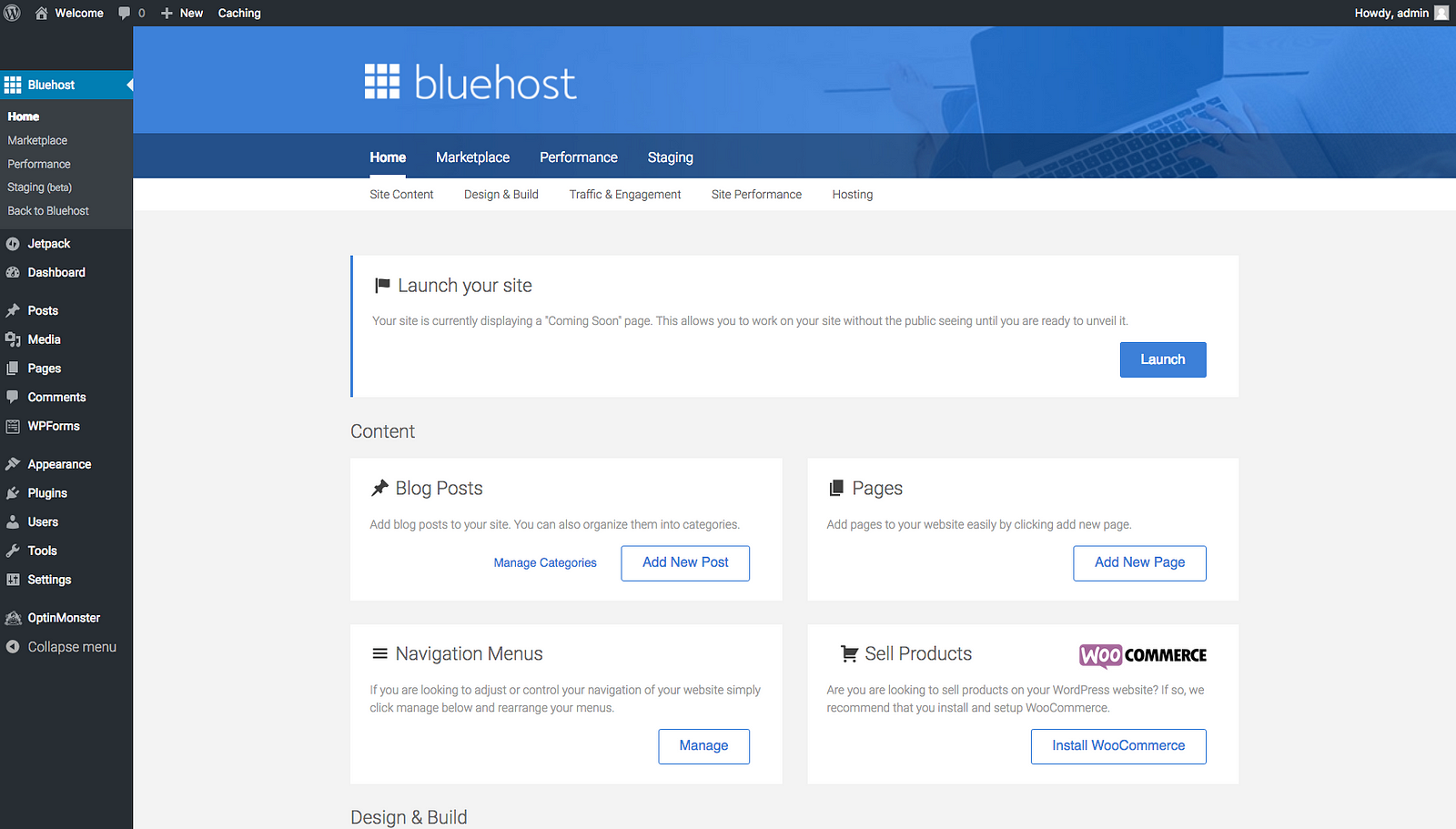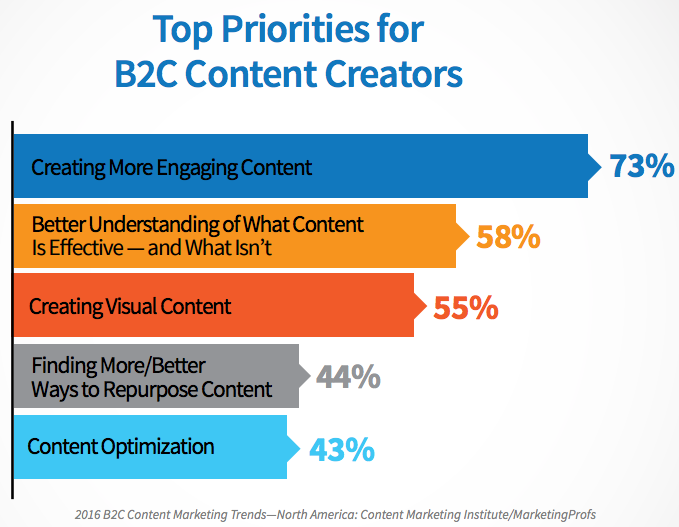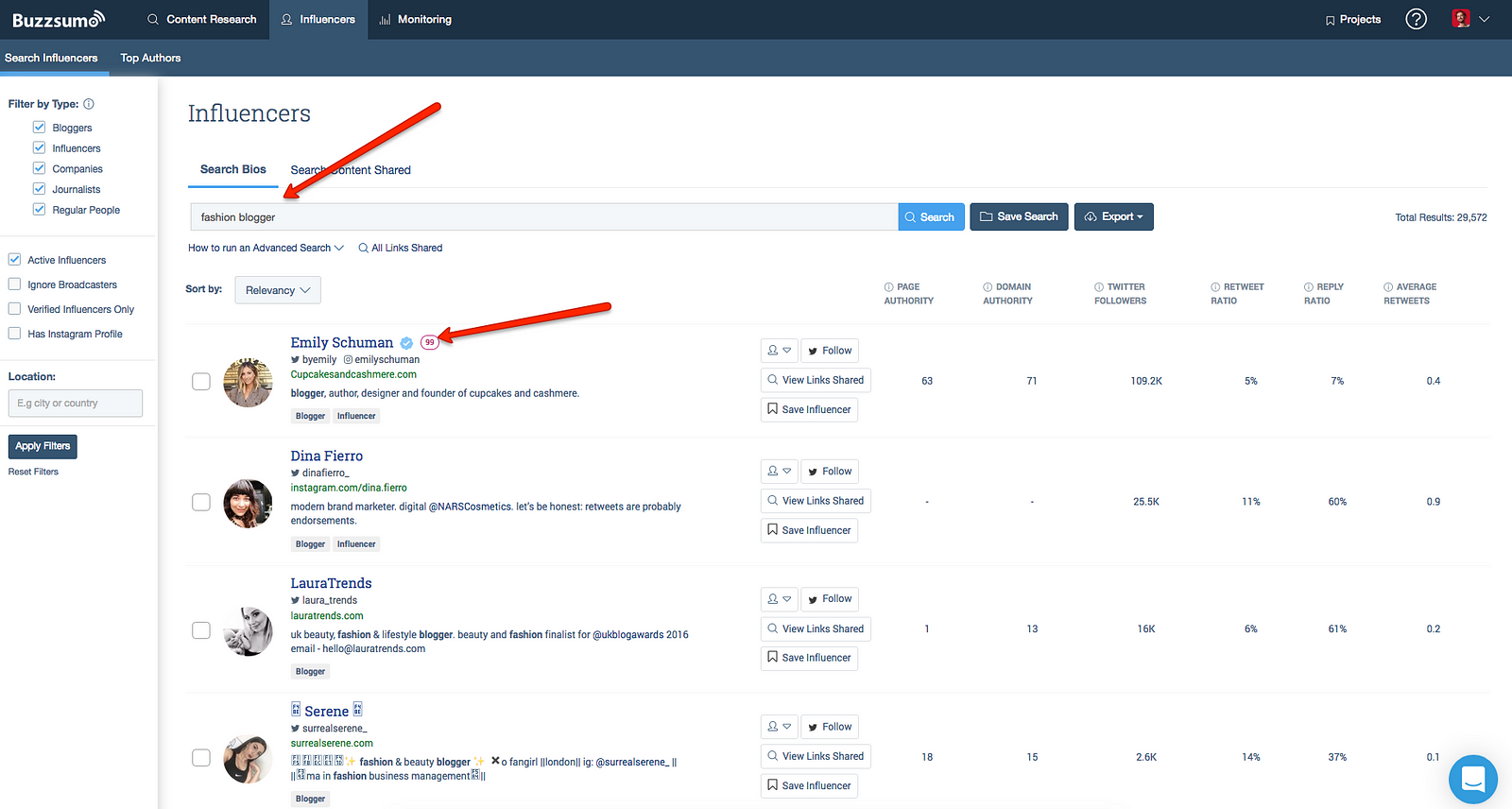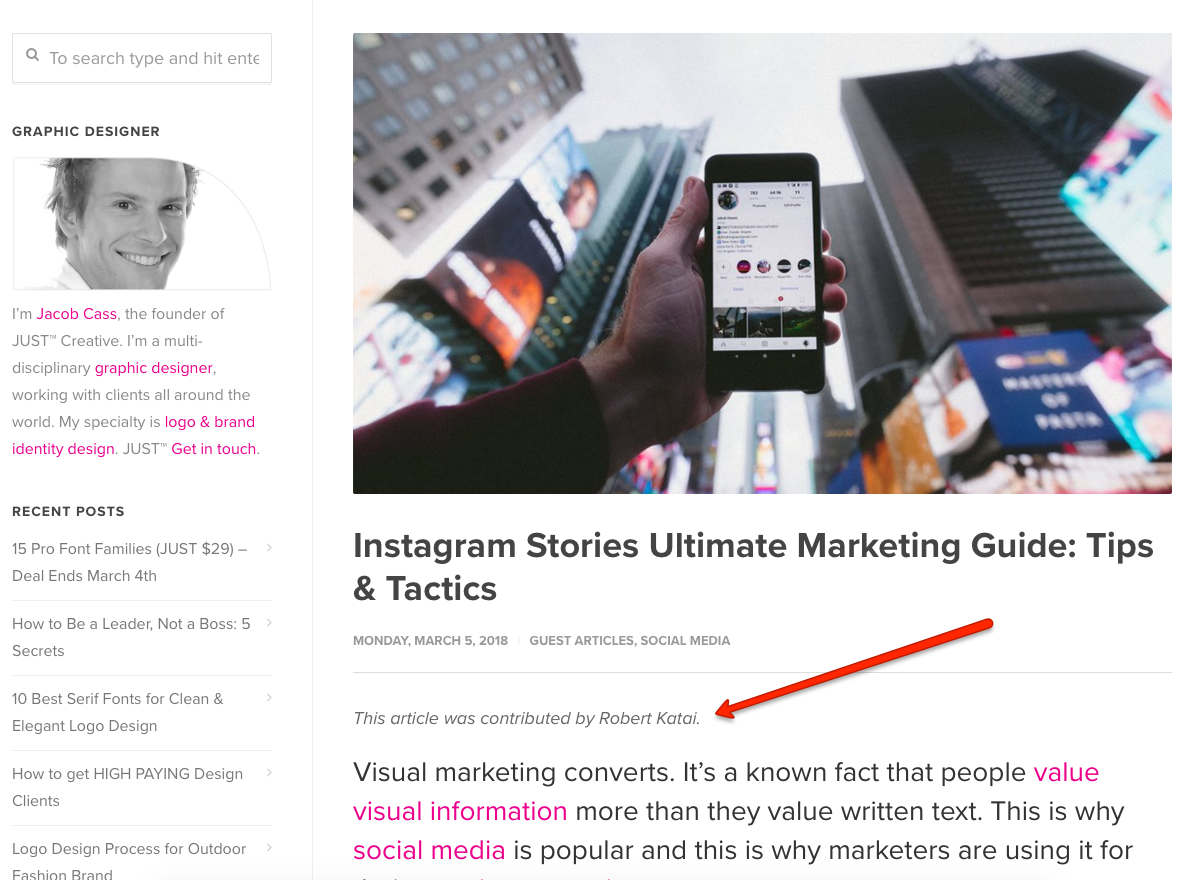10 Content Distribution Tactics to Maximize Exposure in 2019
Marketing and advertising are two industries that depend almost exclusively on content. A blog post, a podcast episode, a social media post, and even a visual banner or a corner street billboard, they all depend on the quality and value of the content they deliver to the audience.
While content creation and distribution is important, we need to understand that it may not be enough.
A study from Buzzsumo states, that 50% of the published content receives 8 shares or less on social media. This means that regardless of its quality, content needs to reach out to the right audience who digs and shares it with their peers.
For this, you need a solid content distribution strategy.
As of consequence, I have tried to break down 10 of the most lucrative content distribution tactics and tips you can include from now on in your content distribution strategy. Let’s dig in, one step at a time:
1. Choose your main content distribution channel
Photo Credit: Outbrain
First and foremost, you need to choose the type of content you want to publish and where you want to publish it.
Whether it is a blog, social media, an advertising channel or all these combined, you have to understand that the best content distribution channel involves your actual targeted audience. You should aim at being where your fans or customers are and this is sometimes even more important than the content itself.
Some of your best options include the following:
- The website and/or the blog. This should be your main channel, your virtual/digital identity card.
- How-To guides and Tutorials. They’re great regardless of the platform you choose to work with. You can publish such types of content on your blog, share them on podcasts or create video streams to educate your audience.
- Social media. It allows you to interact with your audience and it can also complement your website based marketing strategy.
- Podcasting. It should help you a lot with the mobile audience and of course, all those who prefer audio content instead of the written word.
- Video content. The same reasoning as with the podcasts except that this type of content is intended for those who consume video rather than other types of content.
- Infographics. They’re fancy, they’re appealing and they manage to condense a lot of information into a visual. What’s not to like about them?
- E-Books. Unlike blogs and social media, E-Books bring a lot more information to the table. If you are up to the task and have a lot to say and write about, you can always choose to write an exclusive large-form content piece and share it with your audience.
- Case studies. They take a lot of work but at the same time, they will get you a lot of attention and backlinks to your website. People need references, they need actual statistics and information and once they find it, they’re more likely to cite it in their own articles.
- Forums. This option has a lot to do with communication and social behavior. People will trust you more if they perceive you as one of them. Talk to them, answer their questions, offer valuable insights and grow your reputation as a professional who is at the same time trustworthy and helpful. See Just Creative’s closed Facebook Group.
- Newsletters. Once you get enough readers, customers or fans to sign up for them, newsletters provide you with an excellent and direct way to convey your messages, to announce new promotions, new products or services, to promote your brand and your valuable content.
- Paid Ads. They can help you get to audiences that are otherwise inaccessible via traditional delivery channels.
2. Choose the right hosting service
If you are going to set up your own website or a blog, I suggest learning a thing or two about web hosting and select it according to your future needs. The most important things that need to be taken into account before this selection are the average uptime and the average speed. Also, it’s good to know if the hosting is recommended for the type of content management system you are going to use and the type of server that you are going to get for the money paid.
This list will provide you with some of the best choices available at the moment in hosting services. Your entire marketing campaign may depend on your choice in this matter.
A good hosting is important because your business may depend on its reliability and its services. Good services mean that you will not have to worry about page-load speed anymore and this is always a great thing, considering that a lot of people will abandon you if it will take more than two seconds to load your website. In order to understand the relationship between good hosting and bad hosting, consider this: Websites that qualify for the first page in Google search results, have an average page load speed of less than 2000 milliseconds. Opposed to that, sites that made only the tenth page of Google search results have an average page load speed of 2300 milliseconds. Therefore, there’s a mere 300 milliseconds difference between success and failure.
3. Be active
Once you have chosen your main channel and your secondary channels as well, it’s time to create a lucrative strategy for posting and engaging with the audience. A blog needs content, for example, but at the same time, it needs a schedule for that content.
You need to publish with regular frequency so that people will be able to develop the habit to visit your blog regularly.
They also need when to expect your blog posts and what to expect from you in terms of values, ideas, and technical skills.
When it comes to social media, however, the frequency may not be enough. Here, you need to engage with the audience and be an active part of their group. Treat them as your peers and not as someone who is above their social status. It would not heart to join some social media groups as well, especially if you find groups formed by people from the same industry or by people who share interests in what you are offering.
Also, you can create your own groups if you think it may help you.
4. Choose a content distribution network (CDN)
Photo Credit: Orpical
Before going further, let’s understand the difference between the content distribution network and the distribution channel, the main idea we’ve discussed in the previous chapter. A blog is, for instance, a distribution channel. A CDN, on the other hand, is what makes your blog more accessible to a larger audience by localizing its files and databases. What does this mean?
The content distribution network acts somehow similar to a caching plugin but with better applicability and more efficiency. Cloudflare is what Just Creative uses.
Basically, it provides you with a group of servers distributed geographically that cache your content and allows you to deliver it as local content to people from all around the world. These servers work together and provide your audience with the best experience in terms of speed. Considering that the loading speed of a webpage is an important factor in user experience and search engine ranking, you should at least think about this option if you are marketing an international business.
5. Republish content on dedicated channels
If you are doing the best you can and use your time to better yourself with every new piece of content you publish, there are good reasons for you to believe in the effectiveness of your content marketing campaigns. Content is king but only if you deliver to your audience valuable pieces.
Sometimes, however, regardless of the value, you might consider that there is room left for more. This is where you can broaden your horizons and try new types of content delivery. Make a short list of your best pieces and consider republishing them on third party hubs such as Medium and LinkedIn.
They will not provide you with valuable backlinks but instead, with access to new audiences and of course, the chance to build up your influence and your personal brand.
Here is an example on how to use a video and an article in the same context.
6. Use plenty of visuals
Photo credit: Content Marketing Institute
Visuals are an important part of any content marketing strategy. They get to be shared on social media three times more than any other type of content. This means you get more exposure, more effective content distribution and of course, increased exposure to your targeted audiences. Plus, 80 percent of the marketers admit they already use visuals in their strategies, which only proves that they are effective regardless of the industry or business type.
Types of visuals to be used:
- Stock images and owned photographs. If there are no other visuals that go along with your content, general photos will take care of the visual aspects of it. Also, they’ll help with social media share, by giving substance to an otherwise easy to ignore the textual message.
- Screenshots, charts, and graphs. They are great for educational purposes, and of course, as visual aids to your texts.
- Infographics. They’re great for condensing a lot of information into a single visual element. They are easy to understand and read and if designed properly, they are more appealing to the general audience than text. Tools like PickToChart and Infogr.am will allow you to speed up the creative process and get the most out of your skills and ideas.
- Digital banners. They are usually associated with advertising but you can also use them effectively to compliment your social media posts. Tools like Bannersnack will help you design them with ease and professionalism.
- Videos. This is a very popular form of content nowadays. Video creation is not easy and it will take a lot of effort at least at the beginning, not to mention the expensive hardware you’ll need to acquire for video capture and video editing. It may be worth it, considering that 73% of Americansuse YouTube for entertainment.
7. Always respond to requests and answer your audience’s questions
Content distribution is seldom a one way street. Your best pieces will get reshared on social media and cited on other articles bringing you more and more fans and customers. However, there will also be an interaction. Blog posts get comments, citation and also trigger some comments on third party websites. The same rule applies to social media posts and shares.
Also, people from your audience or potential customers will ask you questions regarding your content and/or your services.
It is vital here to acknowledge the importance of dialogue and the benefits of interacting with the audience. Moreover, you can also engage with them on websites like Quora, which is intended for this type of content distribution. All the above will help you build a reputation and become more trusted in your field. This may also attract traffic on your main website or blog.
8. Work with influencers
Working with people who have an influence in your field or among your targeted audience can bring a lot of benefits. They are usually people that are trusted by their peers and fans, people who are capable of boosting your online presence by simply sharing one of your links or mentioning your brand on social media.
Buzzsumo, for example, is a great app to check out some of the most popular keywords in your industry and calculate their importance on account of shares and overall social media fuzz created around them. You can find out also who can qualify as an influencer in your market and contact them for future engagement.
Another great way in which you can use the power of social media influence is by hiring and working with a brand ambassador.
9. Guest post on other relevant websites
Content is powerful and it will help you a lot in your marketing strategy but sometimes, you will want to explore other distribution channels than your regular ones. One of the best sources for valuable backlinks and industry influence and awareness is guest posting.
Guest posting refers to content published on other blogs and it is quite easy to find relevant ones with a simple Google search for keywords such as: “guest post”, “guest author”.
What’s great about this strategy is that once your articles are accepted by another website, you get to share them with a whole new audience. This is an audience that otherwise would have been harder to target without investing in advertising. Moreover, most of the webmasters will allow you at least one link back to your own website and a full author description.
10. Paid distribution
If you are not satisfied with all the free options in content distribution, there’s always the paid option available, if you have a budget for it.
There are three main options here:
- You can pay for banner or search advertising,
- pay for social media boost posts or
- pay for native advertising, also known as branded content.
The latter option, the native advertising, is one of the most effective since you, as a company, invest not only money but also time and creativity in delivering to the audience valuable or entertaining content. Plus, a lot of people, approximately 70% say they are more likely to read about the products they use. Instead of the traditional banner ad with a slogan and a CTA, branded content comes is most of the times informative and engaging.
A great example, in this case, comes from Qualcomm, a company that produces wireless technology. Their approach to native advertising was a campaign in “The Atlantic” that featured long form articles, videos, exhibits and artwork focused on technology and innovations.
Conclusion
Content is everywhere. From the smallest business to the world renowned corporation, from the personal blog to the news portal, everyone produces content. It helps us create connections, share our thoughts and values, spread word on our brands and sell our products and services to all the corners of the world.
However, the effectiveness of a content based marketing campaign depends mostly on the distribution. It’s good to know to whom we are addressing our message, how to address these messages but most of all, which channels to use for best delivery.
This article focused on some of the most effective strategies for content distribution, strategies that are recommended regardless of industry, audience or type of business.
Which content distribution strategies were the most effective for you? Are there any other tactics you want to share with us?
